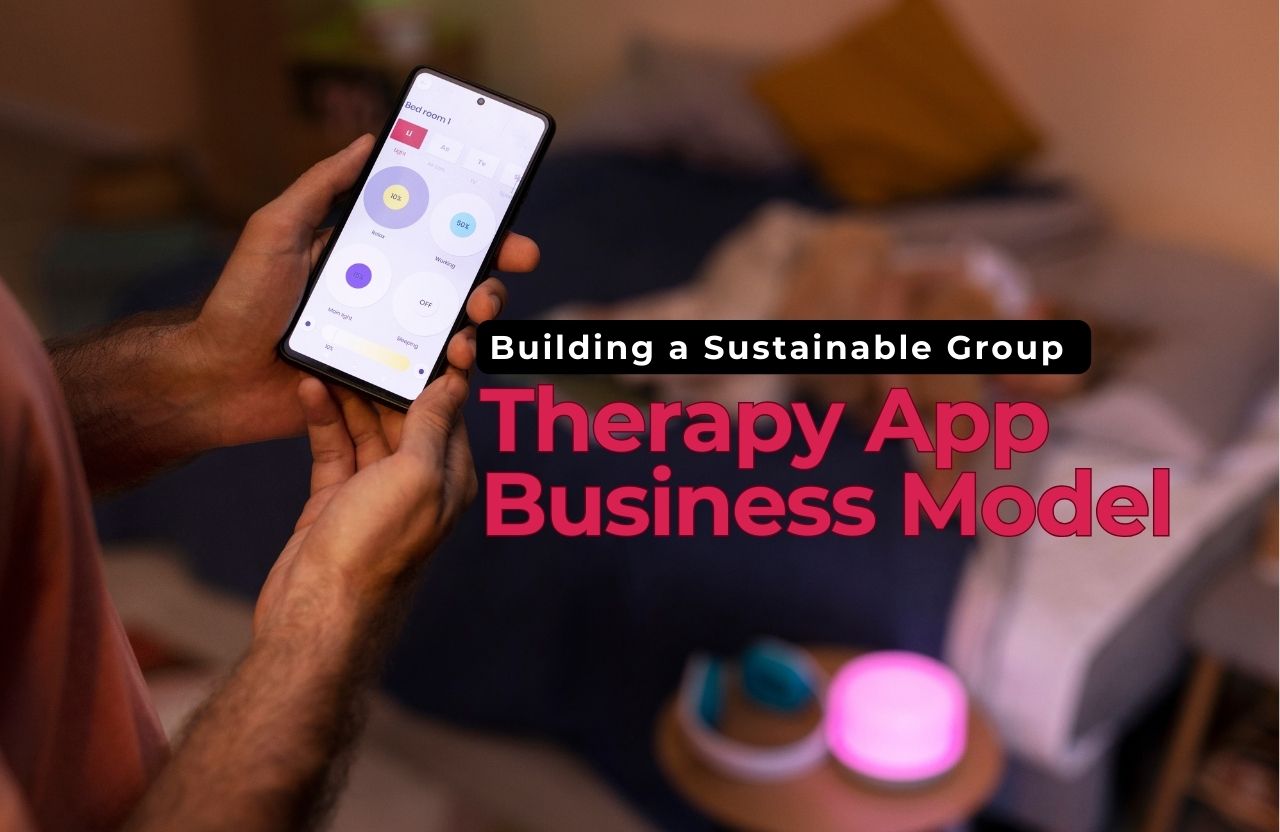When an inspirational business idea comes into your head, your natural entrepreneurial instincts can soon take hold and you want to put the idea into action as quickly as possible.
Even if you are 100% convinced that you are onto a surefire winner, it always makes sense to run through a due diligence process and run some vital checks and balances to make sure everything adds up.
It pays to remember that every business idea needs to be tested, not just believed in.
The checklist can be extensive, such as organizing a good high risk merchant account, so that you can take payment from customers quickly and efficiently. That’s just one step to take. The fundamental purpose of validation is that it serves as your first line of defense against wasting resources.
With that in mind, here’s how to test your idea smartly, efficiently, and with minimal risk.
Does your business meet a need?
In general, every great business succeeds because it solves a real problem. If your idea doesn’t offer a solution, it’s potentially not a business proposition that you can run with.
You need to ask a number of specific questions about your business proposal. The answers define a path that indicates the route to success, if your results are positive.
Start by defining who your customer is. Identify the key demographic that will find your business idea appealing. You then need to ask what sort of problem you will be solving. You want to know that your solution will save time, money, inconvenience, or a combination of all of these key things.
In a nutshell, if you can’t clearly articulate the problem and the target customer who needs to find an answer, in all probability, your idea may be too vague to validate, or generate cash.
Do the hard yards – talk to real people
If you want an honest assessment of your business plans you have to talk to people who have no skin in the game. Asking your friends what they think won’t give you the honest feedback you need.
In other words, forget surveys, don’t bother with anonymous polls either. What you really need are actual conversations with potential customers.
Try to find at least twenty candidates so that you get a fair spread of opinions. Also, avoid pitching your idea. Instead, listen more than you talk. The goal is to uncover needs. It is not an exercise where you are fishing for compliments on how you have such a great business idea.
A good clue that you are on the right track with your idea would be if your interviewees are engaged and want to ask more questions about your proposal.
Test the water with a landing page
It’s definitely worth building a simple landing page to test the water, once you have confirmed how your business idea provides a solution.
Your landing page should aim to explain the problem and deliver an attractive solution. You also need to highlight key benefits, and make sure that you include a relevant call-to-action, such as email signup, pre-order option, or some other way they can confirm their interest.
Once you have created your landing page, you will need to spend a small amount of cash driving traffic to the page. Facebook or Google ads work well for this purpose.You could also post it in relevant online communities.
Be sure to track conversions closely. It’s always a good sign if people sign up, or engage with you and show interest.
Be mindful that the primary purpose of your landing page isn’t to collect leads, it’s a way of validating that there’s genuine interest in what you are offering.
Pre-selling is a good route to take
In reality, if you’re serious about validation, the best proof you can get is revenue. If you can get someone to pay before it even exists by following the pre-sell route, that could turn out to be a smart move.
There are several ways to pre-sell. You could offer a discount on pre-orders, or you could sell beta access, if that is relevant. Another good strategy would be to pitch to your network and offer founding customer deals. Whatever you do in this sphere, be honest that the product is in development, and be sure to give clear delivery timelines.
Take time to study the competition
You should never start out on your business adventure living in fear of competitors. Embrace the challenge to better what they are offering by learning from them.
Focus on what they are doing well and how they differ to your business model. It can also be very instructive to use tools like G2, Trustpilot, Reddit, or Amazon review, all of which can reveal what users love or hate about existing solutions. This is marketing gold for refining your offering.
Bear in mind that if there’s no discernable competition at all, that’s not always a good thing, it might signal a lack of demand. In that scenario, look for indirect competitors or similar solutions.
Check your business can turn a profit
Ultimately, even if people love your idea, it still needs to be financially viable.
To check the numbers you need to know things like how much it will cost to deliver the product or service, what a realistic price point looks like, and how much it might cost to acquire each customer.
Use a spreadsheet to run some rough numbers. You don’t need to be an accountant to get a sense of whether the numbers add up, but you might need to get a professional opinion if you are looking for financing.
Why skipping validation could be a costly mistake
Unfortunately, it can frequently happen that a founder falls in love with the idea instead of the problem. They build, launch, market, then fail to generate the interest and sales they were expecting.
Don’t let this be you. Although validation doesn’t guarantee success, it gives you a reality check before you go all-in. It helps you avoid building something no one wants.
Validating your business idea isn’t a step you can afford to skip. It’s not just smart, it’s essential. The sooner you get your concept into the world and test it against reality, the sooner you’ll know if you’re solving a real problem with real demand.
So before you start investing big, let your audience guide your next strategy. Validation is how many winning businesses are built.













